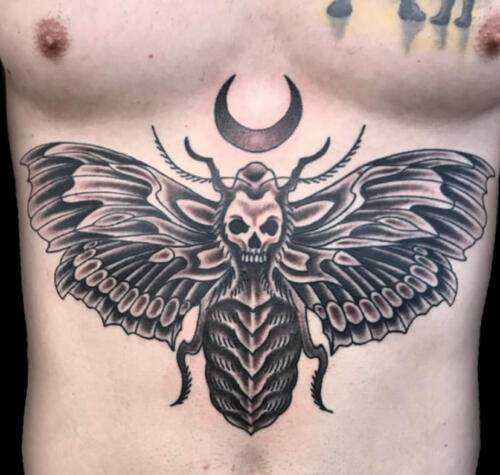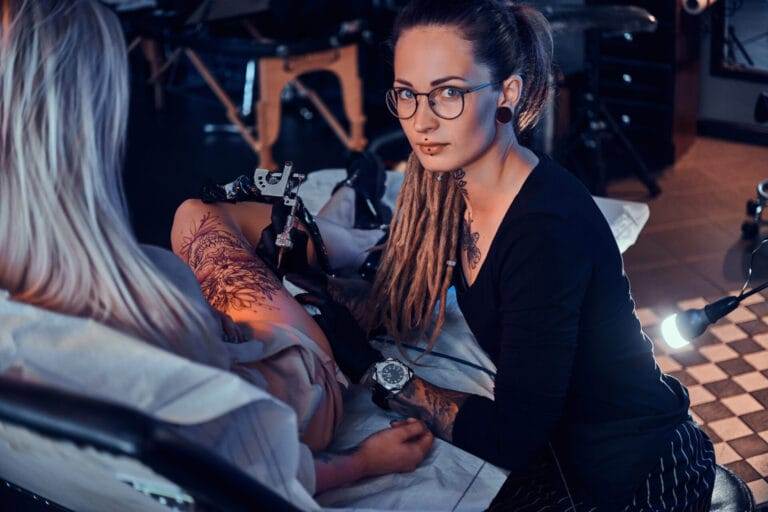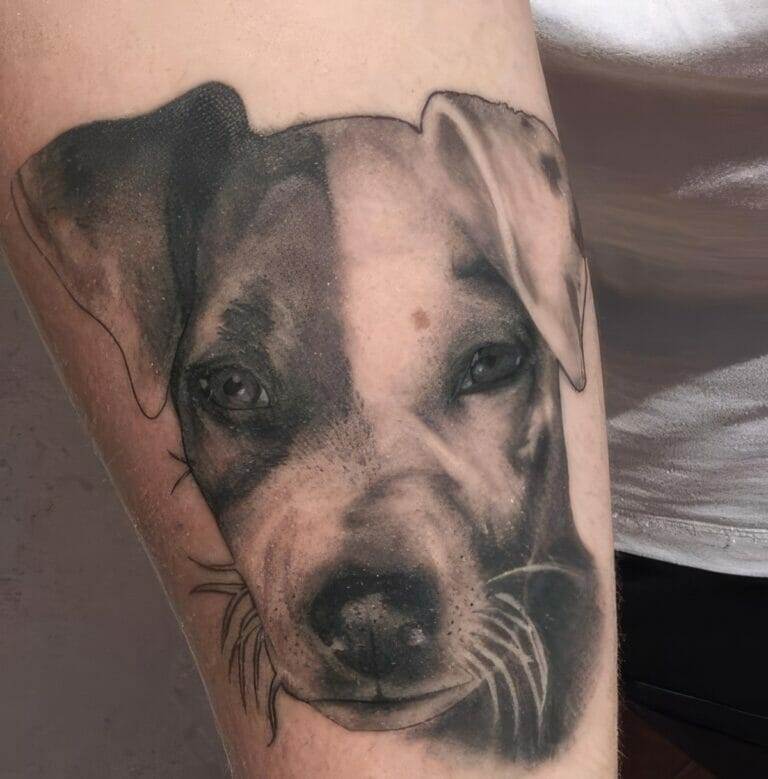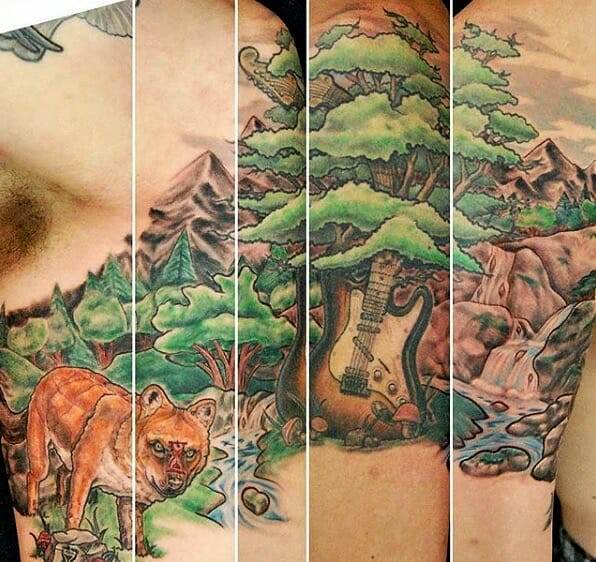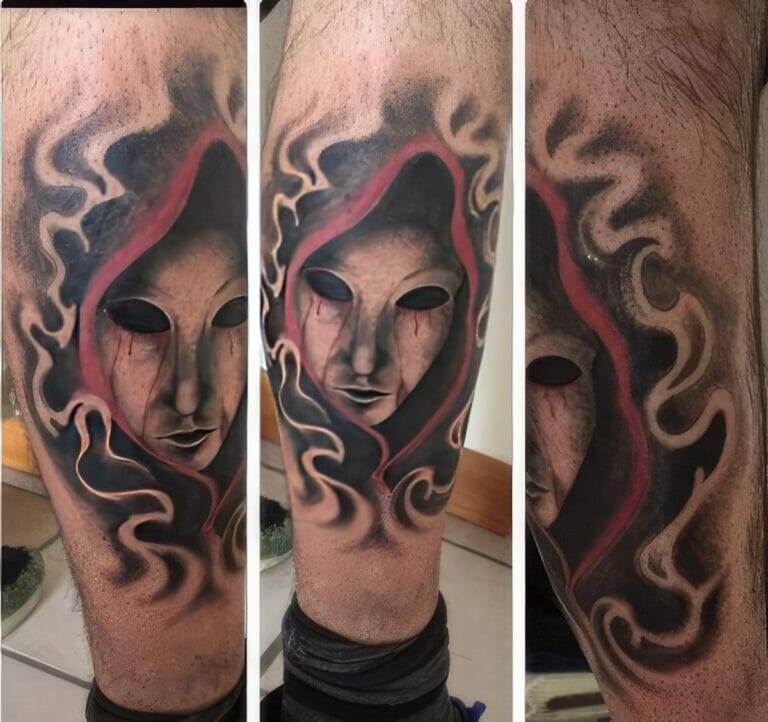
The History of Tattooing
Origins of Tattooing
The practice of tattooing dates back thousands of years, with the earliest evidence found in ancient cultures across the globe. Evidence suggests that tattoos served various purposes, from marking social status to expressing identity. One of the oldest known instances of tattooing is the discovery of Ötzi the Iceman, a mummified man from around 3300 BCE, who was found with 61 tattoos on his body. These markings were believed to have had therapeutic or ritualistic significance. Across different civilizations, tattooing took on distinct forms and meanings. For example:
- Polynesia: In Polynesian cultures, tattoos are a rite of passage and carry significant cultural meaning. The intricate designs often tell the stories of an individual’s lineage, accomplishments, and social standing.
- Egypt: Ancient Egyptians used tattoos for both cosmetic purposes and spiritual protection. Women often wore tattoos as symbols of fertility, while priests might be tattooed to signify their devotion to the gods.
These early practices illustrate that tattoos have been more than mere body art; they have been deeply intertwined with cultural, spiritual, and personal identities.
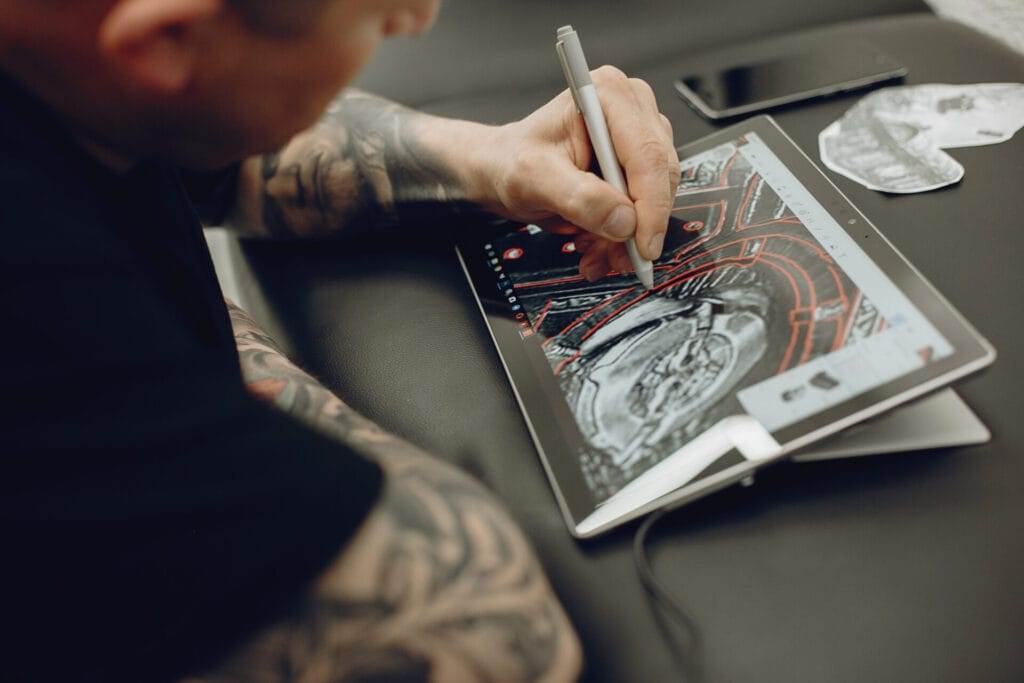
Traditional Tattooing Practices
Traditional tattooing methods vary significantly across cultures, showcasing the rich diversity found in tattoo art. Generally characterized by their use of natural materials, traditional methods often incorporate tools and inks derived from the environment.
- Hand-Poked Techniques: Many indigenous cultures utilize the hand-poke technique, which involves inserting ink into the skin using specially crafted tools. This method is still popular today, maintaining cultural authenticity and often resulting in unique designs.
- Sak Yant Tattoos: Originating in Southeast Asia, particularly in Thailand, Sak Yant tattoos are imbued with a spiritual connotation. Monks or skilled tattoo masters use a rod and a sharpened bamboo stick to create intricate designs that are believed to provide protection, luck, and strength to the bearer.
- Irezumi: In Japan, traditional tattooing, known as Irezumi, has a long history associated with the Yakuza (Japanese organized crime). Irezumi features elaborate and colorful designs that often cover large portions of the body, symbolizing bravery and commitment to a particular clan or ethos.
Through these practices, one can see how tattoos serve not just as personal adornments, but as a reflection of cultural identity, social roles, and spiritual beliefs. It is clear that traditional tattooing is both an art and a meaningful practice that has transcended generations, establishing its importance throughout history. As we delve deeper into the evolution of tattoo styles, it is essential to appreciate these foundational practices to understand their influence on contemporary tattoo art.
Evolution of Tattoo Styles
Fine Line Tattoos
As tattooing has evolved, so have the styles and techniques used to create body art. One of the most notable contemporary styles is fine line tattoos. This approach emphasizes delicate, minimalist designs that stand out for their precision and sophistication. Fine line tattoos use thin, intricate lines to create shapes, patterns, and images that are often both subtle and striking. Here are some common characteristics that define this style:
- Minimalist Aesthetic: Fine line tattoos focus on simplicity, often featuring small size and understated designs. They can range from abstract shapes to detailed floral patterns, allowing for personal expression without overwhelming the canvas of the skin.
- Precision and Detail: The key to fine line tattoos lies in the artist’s ability to execute clean lines and small details. This requires a skilled hand, making it essential to choose an experienced artist who specializes in this technique.
- Versatility: Fine line tattoos can cater to various themes and concepts, adapting to various styles and preferences. Whether it’s a meaningful quote or a representation of nature, the style can be customized to suit individual tastes.
These tattoos have gained popularity among younger generations, particularly those who appreciate their understated elegance and the ability to incorporate meaningful designs without being overly bold. The subtleness of fine line tattoos allows them to blend seamlessly with daily life, making them an ideal choice for many.
Watercolor Tattoos
In contrast to the minimalist approach of fine line tattoos, watercolor tattoos burst onto the scene with vivid colors and dynamic brush strokes that mimic the look of watercolor paintings. This style captures the fluidity and vibrancy associated with watercolor art, enabling individuals to wear a piece of artwork on their skin. Key characteristics of watercolor tattoos include:
- Vibrant Color Palettes: These tattoos utilize bold and bright colors, often blending and fading into one another to create a soft, painterly effect. The use of color is central to this style, allowing for a diverse array of designs.
- Brush Stroke Techniques: Instead of relying solely on defined outlines, watercolor tattoos employ techniques that resemble brush strokes. This gives them a unique and ethereal appearance that sets them apart from more traditional styles.
- Organic and Abstract Designs: Watercolor tattoos often draw inspiration from nature and abstract art. This allows for creativity in design, whether incorporating flowers, animals, or entirely imaginative compositions.
Despite their beauty, it is important to note the care required for watercolor tattoos. The use of lighter colors may lead to quicker fading compared to more traditional ink. Maintenance and touch-ups can ensure the vibrant colors remain intact over time. Both fine line and watercolor tattoos represent the innovation and evolution of tattoo artistry. They highlight how contemporary tattoo practices continue to push boundaries while allowing individuals to express themselves in unique ways, merging tradition with modern artistry. As one explores the various styles, it’s exciting to see how these artistic expressions transform our understanding of what tattoos can be.
Technological Advances in Tattooing
Tattoo Machines
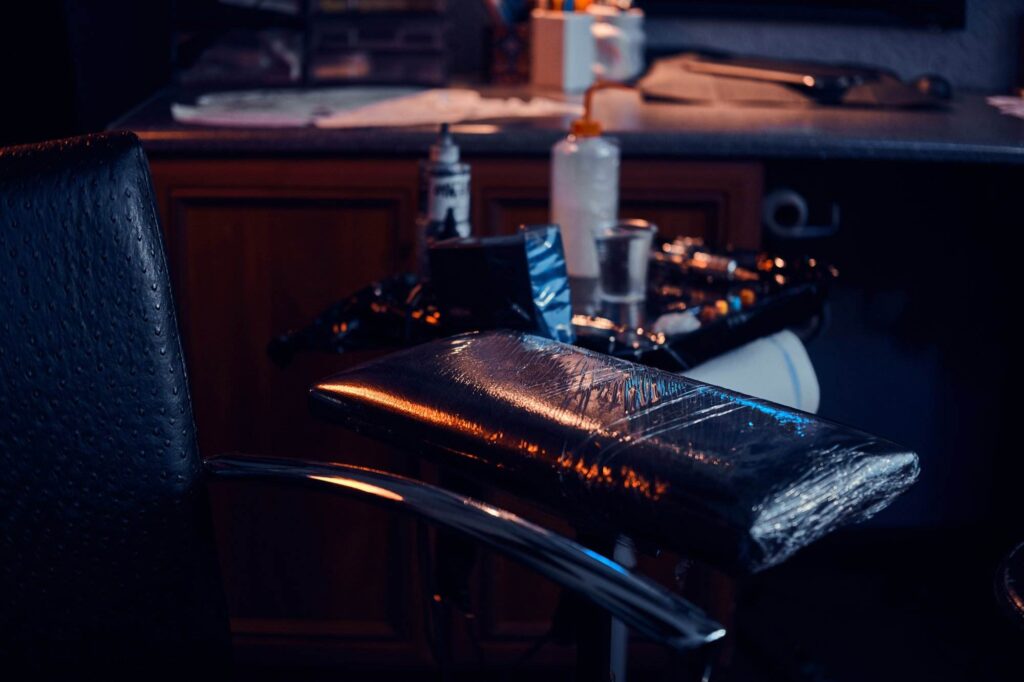
As tattooing continues to evolve, so do the tools and equipment that artists use to create their masterpieces. Traditional hand-poked methods have long been revered, but the introduction of tattoo machines revolutionized the industry, making the process more efficient and precise. Tattoo machines today come in various types, each designed to cater to specific styles and techniques. Here are some key features that have emerged with modern tattoo machines:
- Rotary Machines: This type of tattoo machine uses a rotating motor, allowing for a quieter and smoother operation. Artists often opt for rotary machines because they create less trauma to the skin, providing a more comfortable experience for clients.
- Coil Machines: Known for their classic design, coil machines operate using electromagnetic coils to drive the needle. While some artists prefer the traditional approach offered by coil machines, others appreciate the versatility they provide in terms of speed and power adjustments.
- Power Supplies: Modern power supplies offer advanced features, such as digital displays and adjustable voltage settings. This allows artists to customize their preferences, ensuring optimal performance based on the ink and skin type they are working with.
The use of these machines has not only improved the precision of tattooing but has also contributed to the rise of complex designs that were once difficult or impossible to achieve by hand. As techniques and technology improve, artists are now able to unleash their creativity like never before.
Ink and Needle Innovations
In addition to tattoo machines, innovations in ink and needle technology have substantially influenced the tattooing process itself. The types of ink used and the design of needles have evolved to enhance the quality and longevity of tattoos.
- Improved Ink Formulas: Contemporary tattoo inks are not only designed for vibrant color but also focus on safety and longevity. Many inks are now vegan and free from harmful chemicals, which minimizes allergic reactions and increases skin tolerance.
- Vegan Inks: The demand for cruelty-free products has led to the rise of vegan tattoo inks. These inks are formulated without animal-derived ingredients, making them a responsible choice for eco-conscious customers.
- Specialized Needles: Innovations in needle design have also played a key role in the evolution of tattooing. Artists now have access to needles with specific configurations tailored for shading, lining, or color packing, allowing for heightened accuracy and quality in their work.
- Pre-sterilized and Disposable Equipment: Safety standards in tattooing have improved dramatically. The introduction of disposable, pre-sterilized needles and equipment ensures a hygienic environment, greatly reducing the risk of infection.
Together, these technological advances in tattoo machines and ink/needle innovations have enabled tattoo artists to refine their craft while prioritizing client safety and satisfaction. As the tattoo industry continues to embrace modern technology, it opens doors to new creative possibilities, ensuring that the future of tattooing remains as dynamic and rich as its history. The synergy of art and technology has truly transformed the landscape of tattooing, making it an exciting time for both artists and enthusiasts alike.

Cultural Significance of Tattoos
Ritual and Symbolism
Tattoos have long been steeped in cultural significance, often embodying deep-rooted rituals and symbols that tell powerful stories. In many societies, tattoos are not just aesthetically pleasing body art; they carry meaning, marking personal milestones, beliefs, or connections to community and ancestry. For example, in numerous indigenous cultures, tattoos are integral to rituals that signify important life transitions. These may include:
- Rites of Passage: Many communities apply tattoos during significant life milestones such as adulthood, marriage, or initiation into a specific group. The tattoo becomes a permanent reminder of the individual’s journey and transformation.
- Cultural Identity: In cultures, designs can represent a person’s identity and status within the community. For example, Maori tattoos, known as ta moko, are unique to individuals and encompass a history that can signify family lineage, achievements, and tribal affiliations.
- Spiritual Protection: In certain beliefs, tattoos are thought to afford spiritual protection or good fortune. For instance, Sak Yant tattoos in Southeast Asia are often believed to bring strength and luck to the bearer.
Through these rituals, tattoos build a sense of belonging and identity while fostering connections between generations. They encapsulate stories that inform others about family heritage and personal transformation.
Tattooing in Different Cultures
As we explore tattoos from a global perspective, we see that each culture infuses its own values and meanings into this art form, resulting in a beautiful tapestry of styles and traditions.
- Polynesia: Tattooing holds deep significance in Polynesian culture. The intricate patterns and designs found in Polynesian tattoos often symbolize genealogies, tribal affiliations, or achievements. The process of tattooing itself is a sacred ritual, and it can take days or even weeks to complete a full-body tattoo, signifying the importance of the art.
- Japan: Japanese tattooing, or Irezumi, has a storied history and is often associated with the Yakuza. These tattoos are meticulously crafted and cover significant areas of the body. Each design tells a story, often featuring mythical creatures or natural elements, conveying moral lessons and reflecting the tattooed individual’s character and beliefs.
- Native American Cultures: Various Native American tribes have long used tattoos to signify bravery, spiritual connections, and tribal affiliation. Designs may depict animals, symbols, or tribal patterns that convey strength and identity within the tribe.
- Modern Western Cultures: In contemporary society, tattoos have become widely accepted and are viewed as a form of self-expression. The meanings may vary significantly from one person to another, with many individuals choosing tattoos based on personal significance, artistic expression, or a desire to commemorate specific experiences or loved ones.
These cultural perspectives affirm that tattoos are much more than skin deep; they are narratives woven into human experience, reflecting beliefs, values, and identities across time and geography. As generations evolve, so do the meanings associated with tattoos, ensuring that they remain a remarkable aspect of cultural expression in an ever-changing world. This exploration of cultural significance highlights the enduring allure of tattoos and the stories they tell.
Modern Trends in Tattoo Art
Geometric Tattoos
As tattoo art evolves, many modern trends highlight individual expression while sometimes rooting back to traditional forms. One of the standout styles in contemporary tattooing is geometric tattoos. Known for their clean lines and precise shapes, geometric tattoos appeal to those who appreciate both the complexity and simplicity of design. These tattoos often draw inspiration from mathematics and nature, resulting in visually striking pieces that blend structure with creativity. Here are some defining aspects of geometric tattoos:
- Symmetry and Balance: Many geometric designs embrace symmetry, which evokes a sense of harmony and order. Artists often use shapes like triangles, circles, and polygons to create patterns that catch the eye.
- Minimalism: While some geometric tattoos can be intricate, they also often lean towards minimalism, focusing on clean lines and open spaces. This creates a modern and understated aesthetic, allowing the tattoo’s meaning to resonate profoundly.
- Versatility: Geometric tattoos can range from abstract forms to representations of animals or nature, allowing for personalization. The interconnectedness of different geometric shapes can reflect intricate thoughts or philosophies unique to the individual.
This trend has gained momentum, particularly among younger adults who appreciate the modern aesthetic and philosophical undertones that accompany geometric designs. The incredible precision in execution requires artists to hone their skills over time, making it essential to choose an artist experienced in this style to achieve the desired effect.
Minimalist Tattoos
Parallel to the geometric trend, minimalist tattoos have gained popularity as a significant form of body art. Characterized by their simplicity and subtlety, minimalist tattoos focus on conveying meaning through minimal detail. Key elements of minimalist tattoos include:
- Simplicity in Design: These tattoos often employ single lines or small symbols to convey ideas or emotions. The minimalist approach allows for personal interpretation, making the designs even more meaningful to the wearer.
- Subtlety and Discretion: Minimalist tattoos frequently appeal to those who prefer a low-key approach to body art. The understated designs can be placed discreetly and tend to be less conspicuous, allowing individuals to express themselves without drawing excessive attention.
- Personal Significance: Because minimalist tattoos often center around symbols or words, they can represent significant moments, relationships, or philosophies. From simple phrases to small images, each tattoo often holds a unique connection to the wearer’s life story.
In the midst of an increasingly complex world, the minimalist trend resonates with many, reflecting a desire for clarity and focus. As people lean towards sustainable living and simplicity, this tattoo style aligns with broader cultural movements, making it particularly appealing. Together, geometric and minimalist tattoos showcase the diverse spectrum of modern tattoo art. They illustrate how contemporary trends can merge aesthetic beauty with profound personal significance, allowing for the exploration of identity and creativity on an individual level. As tattooing continues to evolve, these styles signify the ever-changing landscape of art and expression, making it an exciting time for tattoo enthusiasts and artists alike.

